This article has been reviewed according to Science X's editorial process and policies. Editors have highlighted the following attributes while ensuring the content's credibility:
fact-checked
reputable news agency
proofread
Within sight of New York City, a despoiled river comes back to life
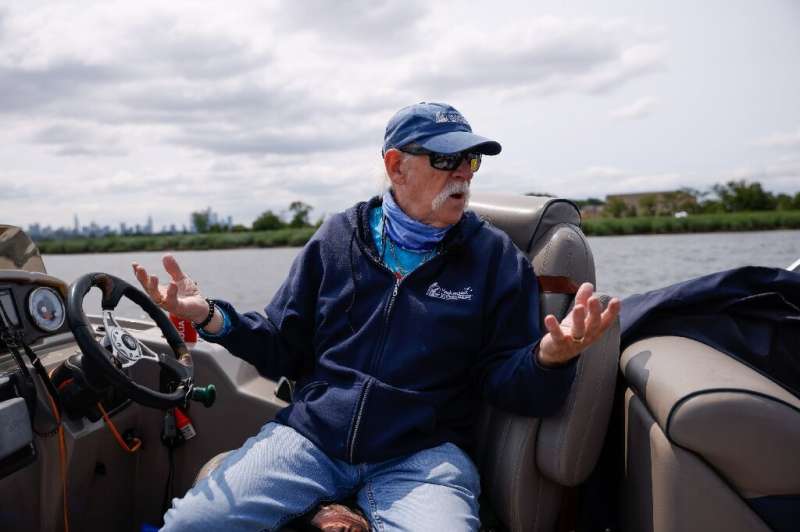
He is not a lawyer, finance guy or a politician, but activist Bill Sheehan has moved mountains to clean up the Hackensack River in New Jersey just outside Manhattan, which for decades has been a dumping ground for industrial chemicals.
Even still, the former taxi driver says, there is still so much to do to protect the waterway.
"The North Jersey area here, just across from New York, is like the cradle of the Industrial Revolution," says Sheehan, sporting his signature cap. "For over 200 years, people were doing everything they could to lay waste to this river."
Once the 74-year-old Sheehan bought a boat, he witnessed the dire situation in the Hackensack River, along which he played as a child.
"It didn't take me long to realize that the river that flows through my hometown... needed a full-time advocate," he says of the Hackensack, which is wedged into a densely populated urban area.
In 1997, he founded Hackensack Riverkeeper, an organization devoted to preserving the watershed and raising awareness about the importance of conservation efforts.
So far, Sheehan—a one-time professional drummer with a full mustache and an earring—has managed to block property developers and companies from doing further damage, after 60 percent of the swamps were drained for construction.
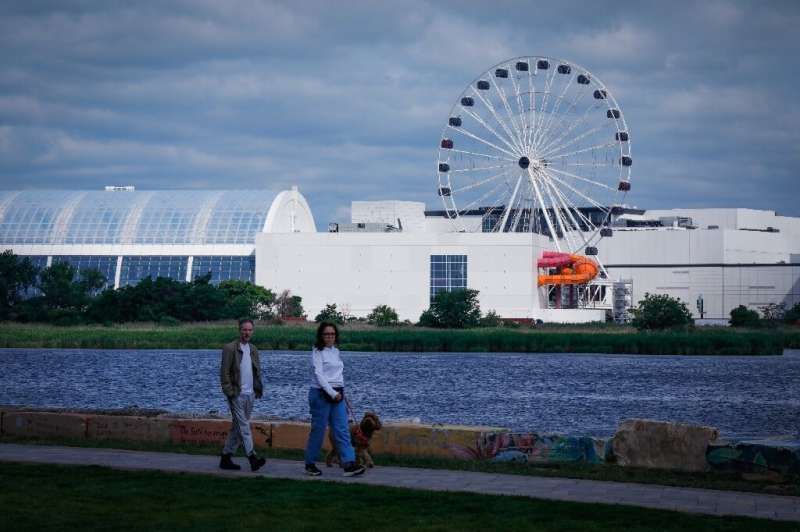
After a litany of negotiations and legal maneuvering, he also saw to it that a nature preserve was created covering about 8,400 acres (3,400 hectares)—without spending a dime.
From a treatment plant upstream to a hotel down south, Captain Sheehan—as he is often called—has put a stop to the illegal dumping of wastewater, thanks to court rulings and coverage on local television news.
He launched a lawsuit that led to industrial conglomerate Honeywell being found liable for the cleanup of a site in Jersey City along the river that was contaminated with chromium residue, at a cost of several hundred million dollars.
"This nonsense that's been going on here for so long had to stop," says Sheehan, as his boat heads up the river, the wind whipping.
'A lot cleaner'
Marc Yaggi, the CEO of Waterkeeper Alliance, an umbrella group for more than 300 associations in 47 countries, said Sheehan is "a mentor, friend, and hero to me and countless clean water advocates around the world."
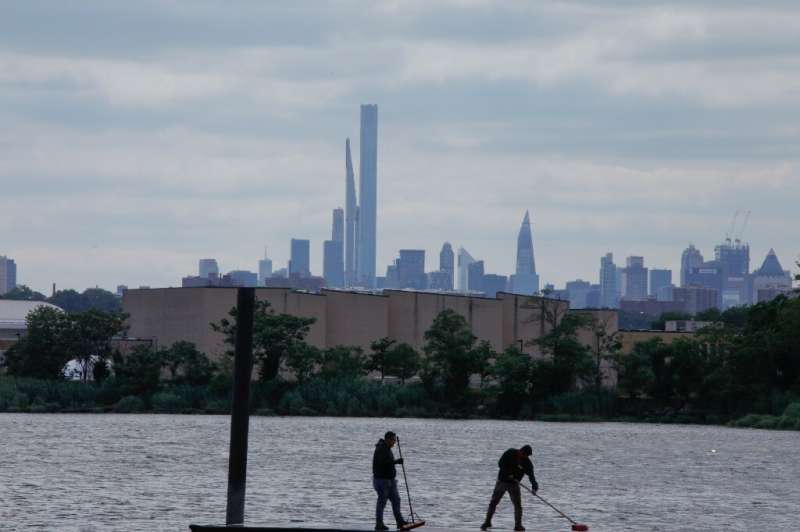
With numerous industrial sites shut down, swampland now protected and wastewater dumping halted, nature has already partially taken its course in the watershed.
Several bird species have returned, including the great blue heron, snowy egrets and ospreys.
"The river has gotten a lot cleaner, and we have to thank Captain Bill for that," says Michael Gonnelli, the mayor of Secaucus, which is located along the river.
In Laurel Hill Park, south of Secaucus, fishermen catch eels at a rapid clip.
"I catch and release a lot of the fish here," says Evan Ypsilanti, who often makes the trip from north of New York City, though he notes: "In my opinion, you wouldn't really want to eat it."
Indeed, local officials recommend not eating fish caught in the Hackensack—which still contains multiple pollutants—even if many people do.
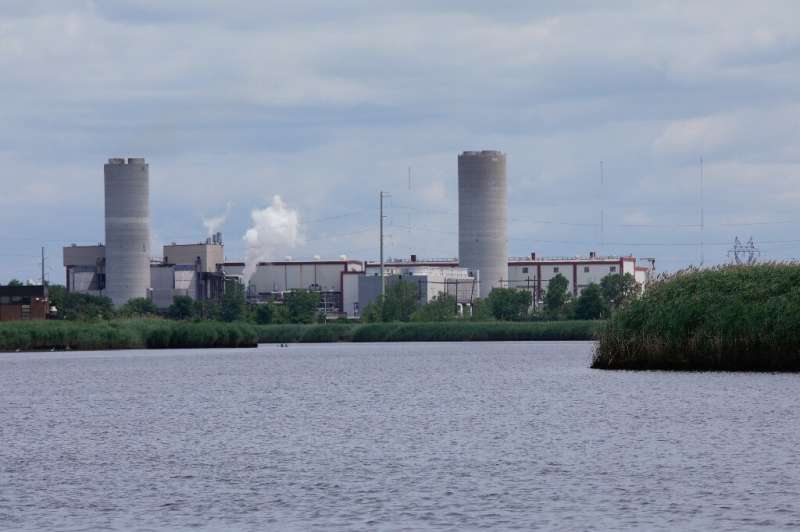
In the riverbed, there is a dangerous lingering cocktail of arsenic, chromium, lead, mercury and the infamous "forever chemicals"—polychlorinated biphenyls, or PCBs.
"When we put up our signs that said 'Don't eat the crabs,' they said, 'I've been eating them all my life, and they haven't hurt me yet,'" recalls Sheehan.
"A lot of guys aren't with us anymore. They wound up getting cancer, going into the hospital and not coming back."
Back from the brink
Decontaminating river sediment is Sheehan's ultimate goal, but he is ready to get some help with that task, after years of working with only a small crew of six.
"I kind of figured it out that if I was to try and sue everybody that had a hand in polluting this river, I'd have to live to be about 300 years old," he joked.
Last September, after several years of research, the US government added the Hackensack River to its list of Superfund sites, making it eligible for federal funding to aid cleanup efforts.
-
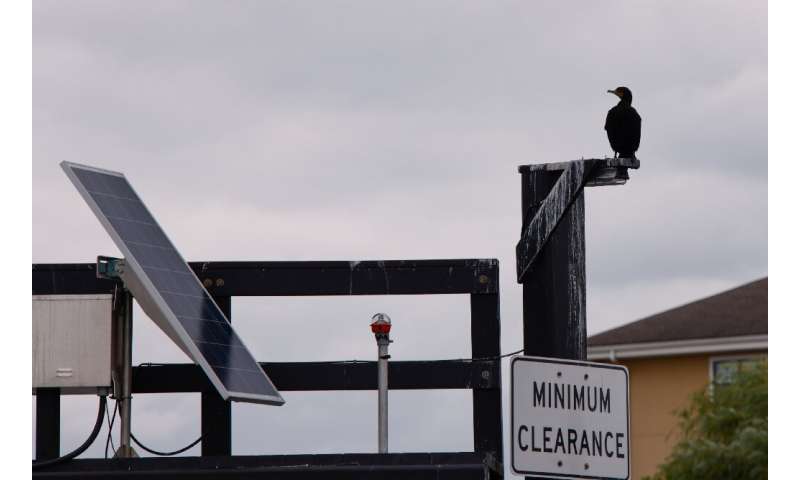
A cormorant rests on a pole along the Hackensack River in Secaucus, New Jersey. -
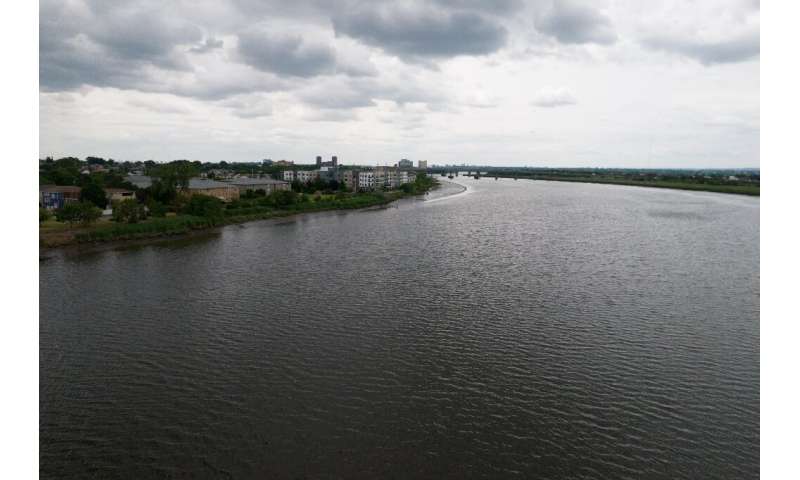
An aerial view of the Hackensack River in Secaucus, New Jersey.
The Environmental Protection Agency (EPA) will now look to all companies and municipalities that had a hand, directly or indirectly, in polluting the river to get the necessary money, says project supervisor Michael Sivak.
"It's a tremendously challenging site," Sivak told AFP. "We don't want it to take decades like some of our past sites have."
Given that cleaning up the entire waterway seems unrealistic, the EPA is looking at the possibility of only handling the most contaminated zones.
But even then, Sheehan figures billions of dollars should pour in.
"I'm a live-in-the-moment kind of guy," he says. "To bring it back from that brink is not going to happen overnight."
"We're talking not in my lifetime. But I'm in this for the long game."
© 2023 AFP



















